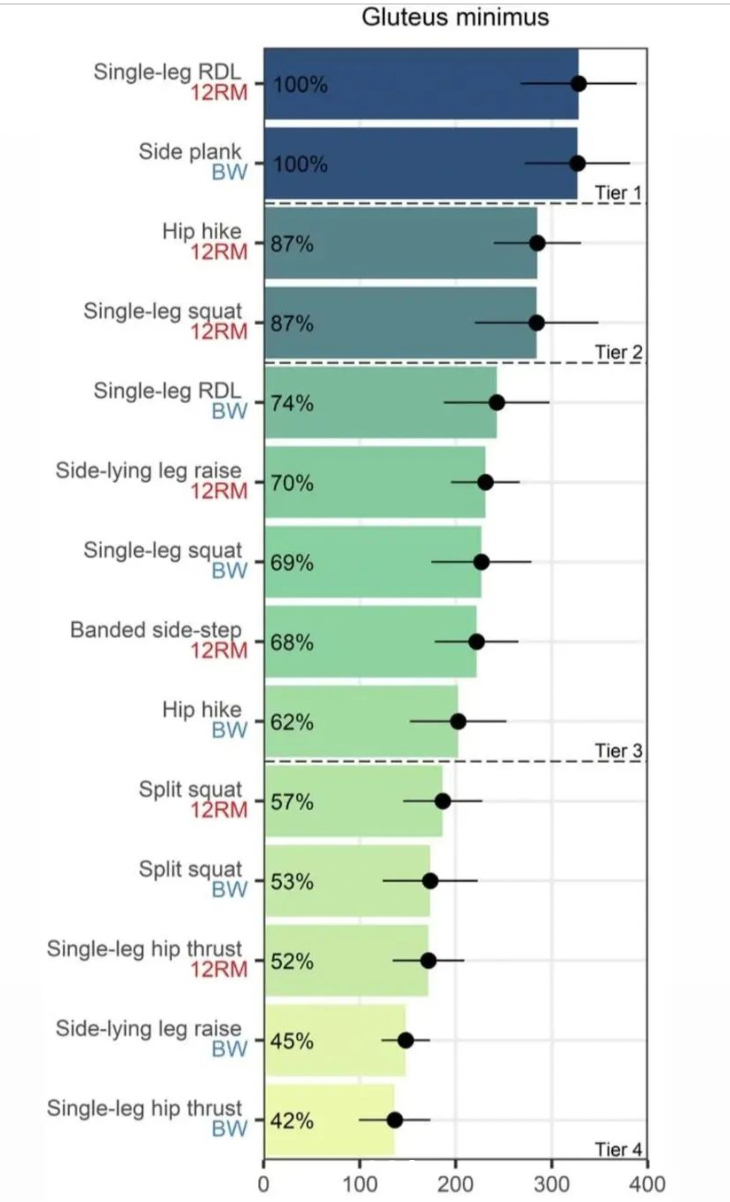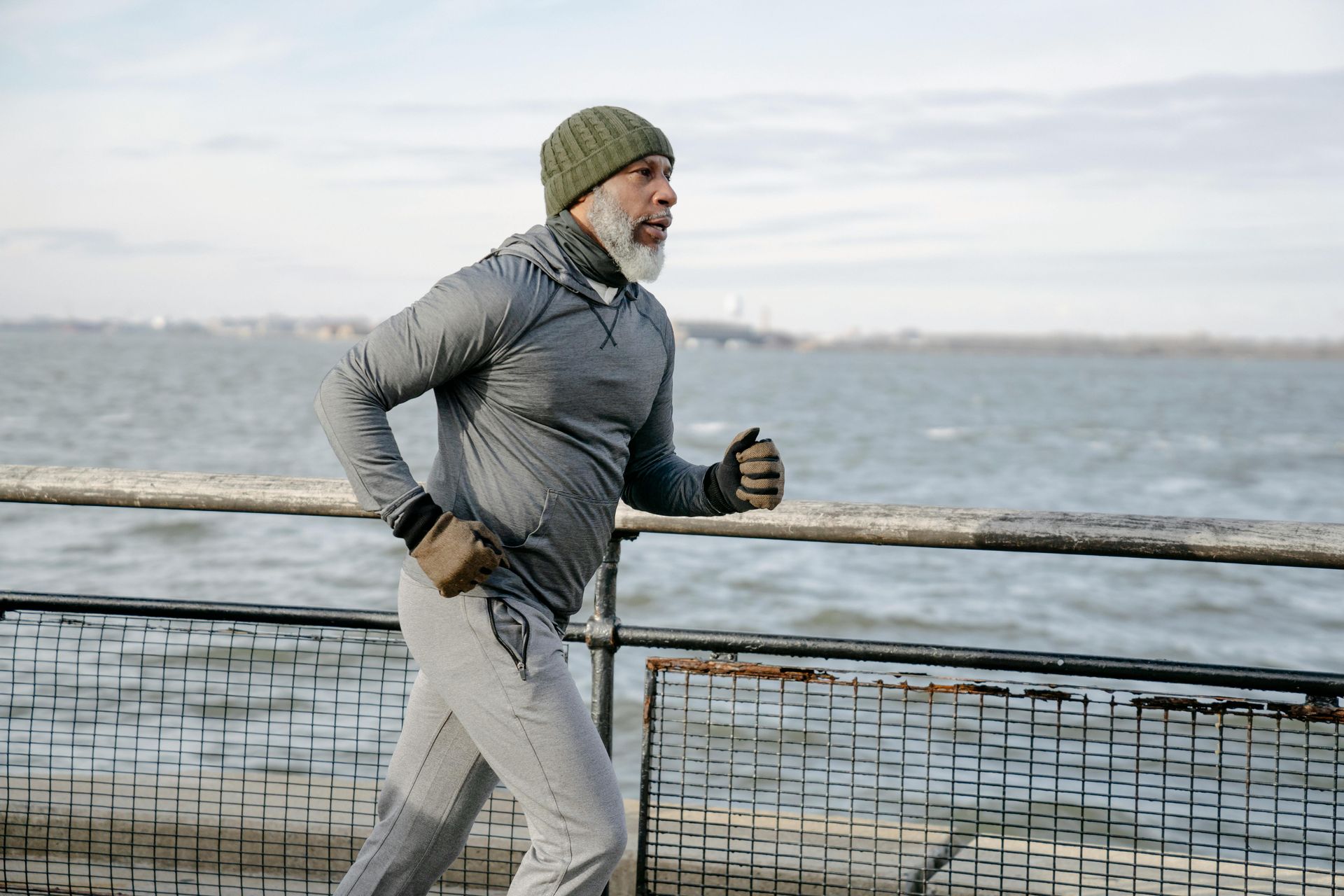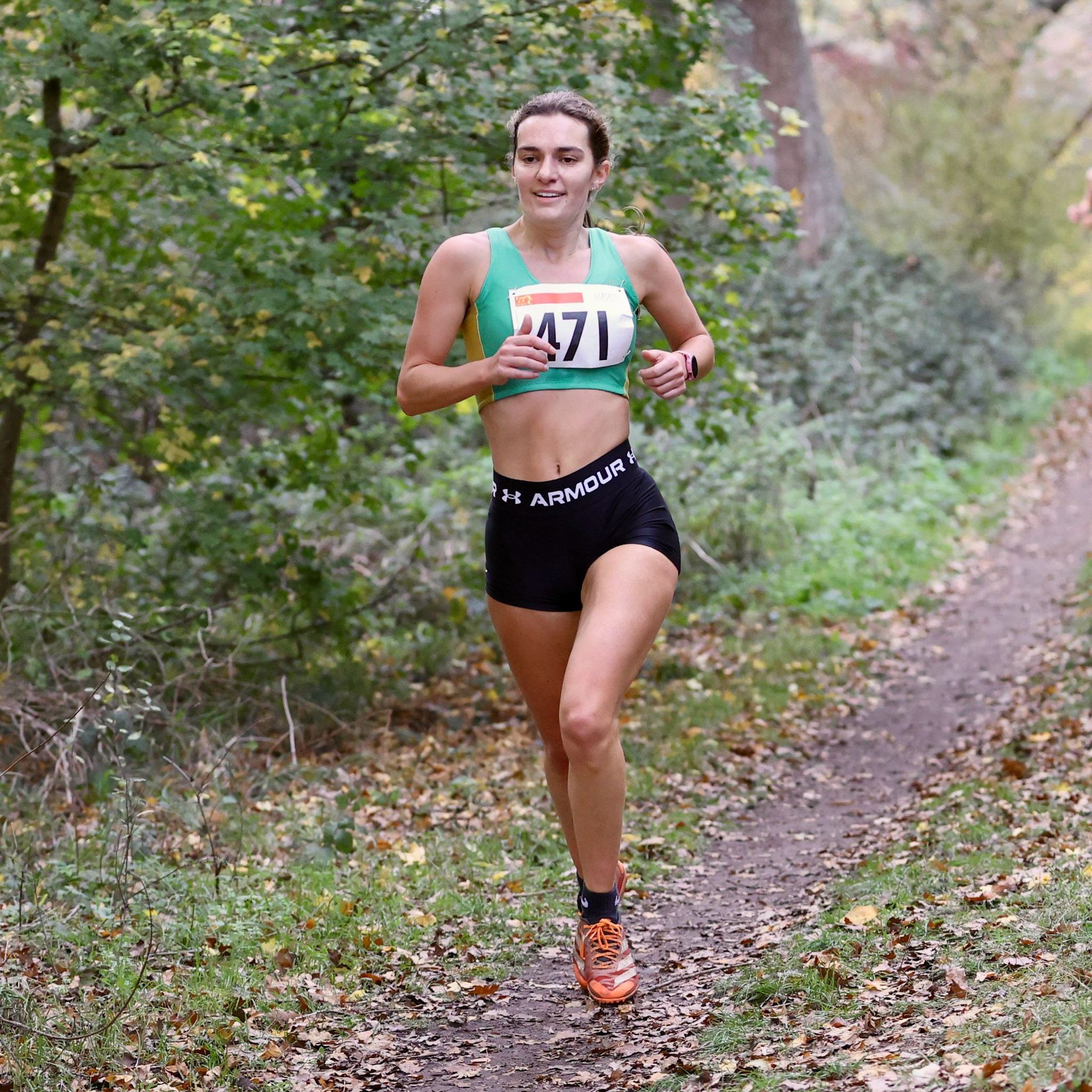The Best Glute Exercises For You!
What to consider, to get best ‘bang for your buck’!
Collings et al (2023) looked at Gluteal Muscle Forces during Hip-Focused Injury Prevention and Rehabilitation Exercises. This is an EMG-informed musculoskeletal modelling study of gluteal forces in range of exercise.
This study aimed to compare and rank gluteal muscle forces in eight hip focused exercises performed with and without external resistance and describe the underlying fibre lengths, velocities, and muscle activations.



This can be very helpful, when it comes to exercise selection. By choosing the most specific exercise and getting the dosage of that exercise correct, you will get the most effective improvement in symptoms/performance.
This information ties in nicely, with our blog on Greater Trochanter Pain
https://www.chelmsfordphysio.co.uk/greater-trochanter-pain-syndrome and with the recent Instagram post of lateral hip pain and Glute strength exercises.
The one obvious exercise that is missing for this study is the Step Up. When it comes to Glute activation and strength, it's hard to beat the Step Up. This can be a fantastic exercise, used at the right stage in the right way. It is often added as a stage 2 or stage 3 progression exercise, once there is a good strength base.

In a comprehensive systematic literature review by Krause Neto et al (2020)
The results of this systematic review have shown that Glute Max activation varied among the exercises investigated. In general, the step-up exercise and its variations present the highest levels of Glute Max activation. Therefore hard to beat when it comes to working those Glutes, specifically Glut Max.
In a study by Stemmons-Mercer et al (2009) this was a comparison of Gluteus Medius Muscle (EMG) Activity During Forward and Lateral Step-up Exercises in Older Adults.
The purpose of this study was to examine the (EMG) amplitude of the Glute Med muscles bilaterally during forward and lateral step-up exercises.
They concluded that the lateral step-up exercises are associated with greater Glute Med muscle activity than forward step-up exercises.
If you are struggling with hip pain, or would like help with Glute related exercises, please get in touch today and get some advice from an expert who can help!
Chelmsford Physio
Riverside Leisure Centre, Victoria Rd, Chelmsford CM1 1FG



